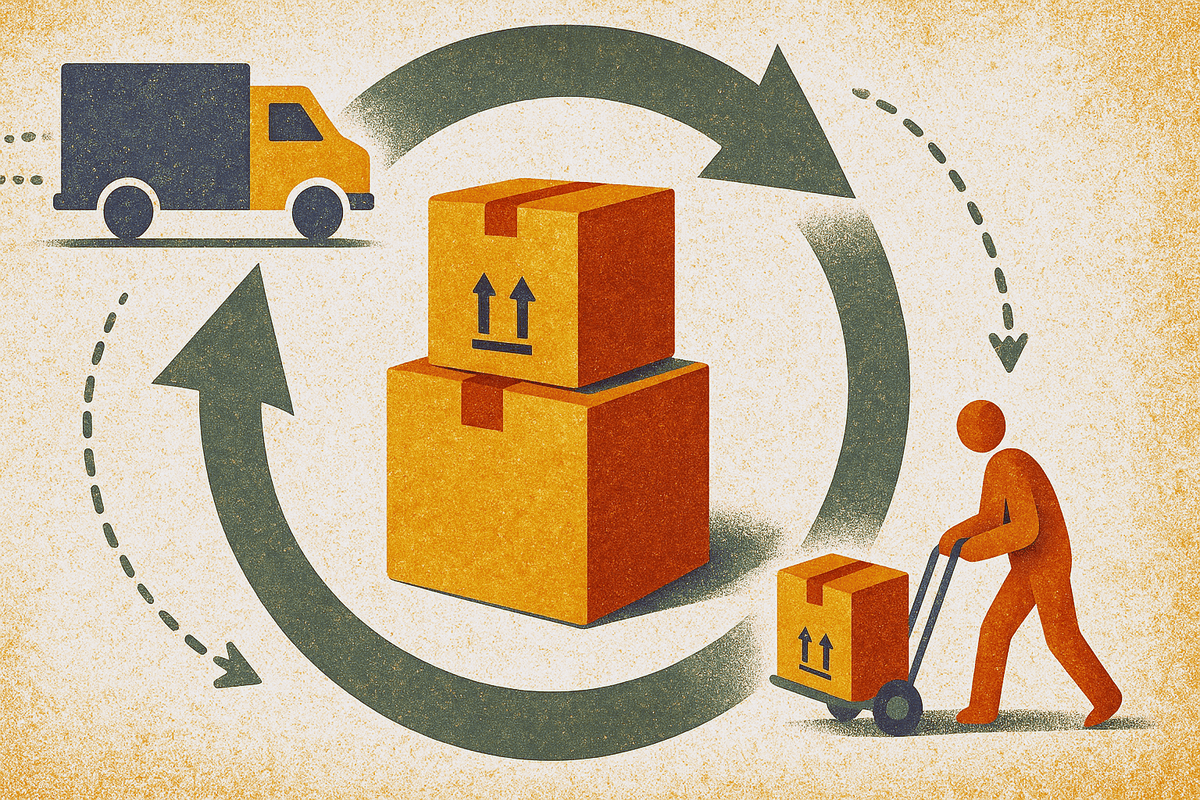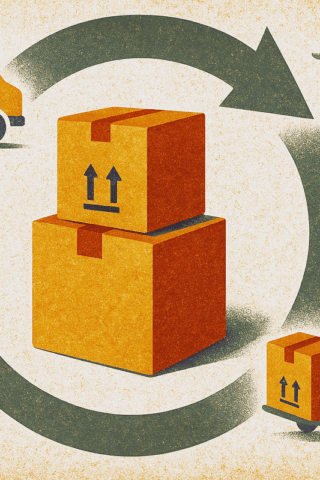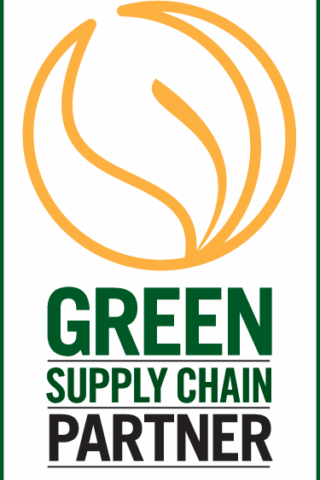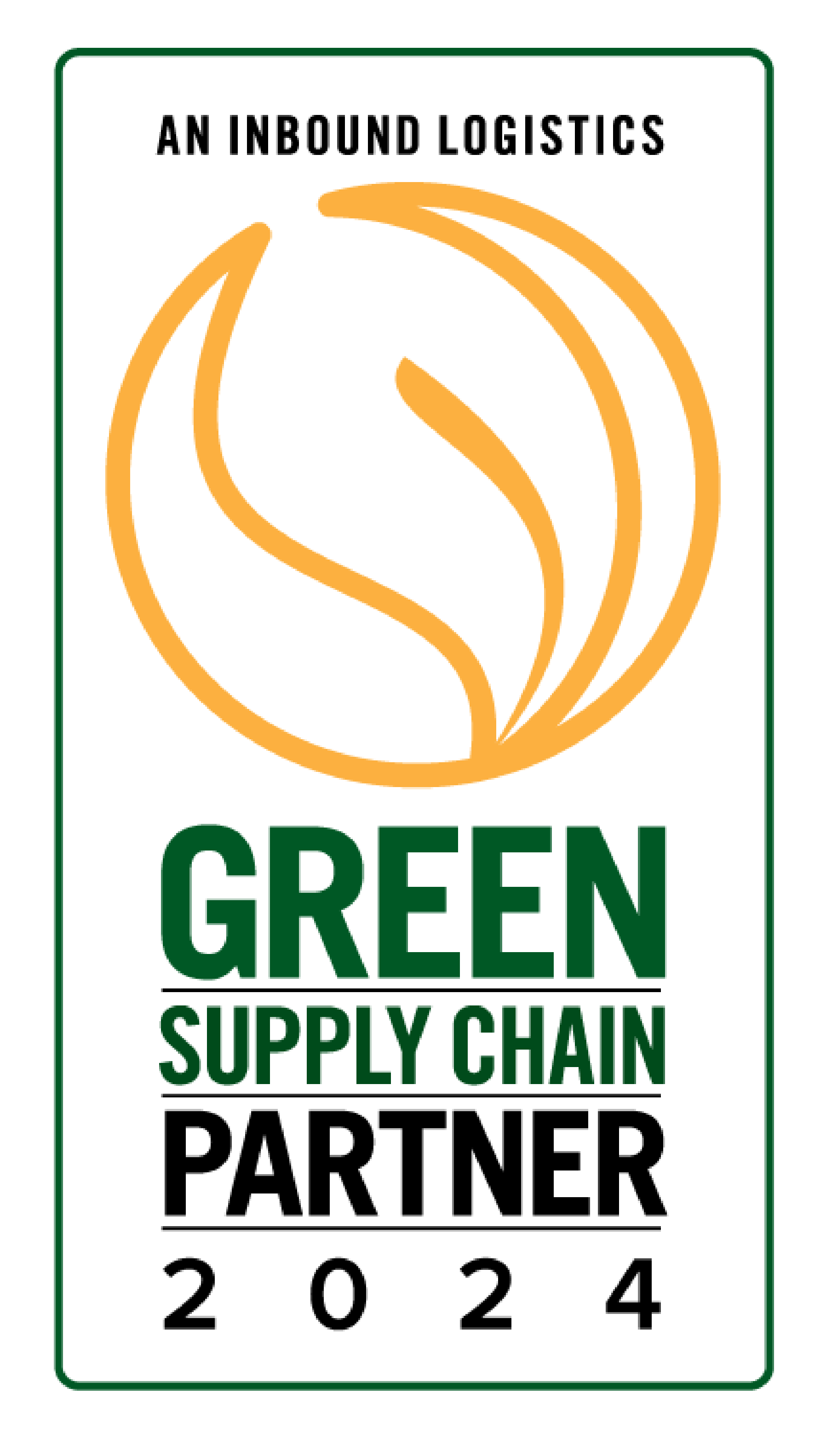These days, businesses are feeling pressure to get more out of what they already have – —extending product life, reducing waste, and using resources more efficiently. On top of that, regulators are tightening sustainability requirements and customers are rewarding organizations that show genuine commitment to responsible practices. Participating in the circular economy is no longer optional, it’s quickly becoming the standard.
Reverse logistics is at the center of this shift. It goes beyond handling returns to include refurbishing, remanufacturing, and recycling, to give IT products a second and even third life. When managed effectively, reverse logistics turns what was once considered waste into opportunity, creating lasting economic value while advancing a company’s sustainability goals.
The Strategic Value of Reverse Logistics in a Circular Economy
The circular economy relies on a closed-loop model where products and materials are recovered and reused rather than discarded. This approach allows businesses to reclaim value from products at the end of their first lifecycle. In practice, companies and the environment benefit through:
- Waste Reduction: Returns, repairs, and refurbishing, ensures that products and hazardous waste are kept out of landfills.
- Cost Savings: Disposal expenses and a dependence on virgin materials can be reduced.
- Resource Recovery: Valuable components and raw materials can be reintegrated into production.
- Extended Product Lifecycles: equipment can be remanufactured or resold, maximizing their overall utility.
- Supply Chain Sustainability: Demand for fewer newly manufactured goods reduces energy use and emissions.
- Revenue Opportunities: Refurbished products and reclaimed parts generate new income streams.
- Brand Reputation: A clear commitment to circular economy practices strengthens customer trust and loyalty.
Key Challenges in Implementing Sustainable Logistics
Of course it’s not all smooth sailing and you can face some challenges when you try these solutions at scale.
Operational Complexity
One challenge is the complexity of managing returned goods, particularly IT equipment. IT assets that have value can be refurbished, reused or remarketed, but those that are non-functioning or very old may only have the option to be recycled. Choosing a logistics partner who is trained on how to sort, pack and transport IT equipment can ensure that your equipment can serve its best purpose when it is classified and graded at the end of life facility.
Data Security and Compliance
IT asset managers are responsible for ensuring that devices are wiped, data is destroyed, and all handling meets regulatory requirements. Managing this securely across a reverse supply chain can be complex, especially when dealing with multiple locations, vendors, or types of equipment.
Organizational Hurdles
In many companies, the IT asset manager is the only person responsible for end-of-life IT asset retirement, on top of a long list of other duties. With so many competing priorities, it can be tough to dedicate the time, resources, and cross-team coordination needed to manage reverse logistics effectively. Without support from a reverse logistics professional, even the best plans can struggle to succeed.
Overcoming the Challenges: Best Practices and Enablers
While logistics challenges are real, businesses can overcome them by adopting structured strategies and modern enablers.
Leveraging Technology
AI, IoT, and data analytics improve product tracking and optimize return routes. They help your organization get full visibility across the supply chain and make it easier for you to prioritize and manage end of life IT equipment while focusing on sustainability.
Takeback Programs
Many original equipment manufacturers (OEMs) now offer takeback programs to help companies responsibly retire old electronics. These programs make it easier for IT asset managers to ensure secure data destruction, proper recycling, and compliance with environmental regulations. By partnering with reverse logistics providers who can work with OEMs, you can return devices directly to the manufacturer, where they handle refurbishment, component recovery, or safe disposal.
Strategic Vendor Partnerships
Working with experienced reverse logistics vendors helps ensure your IT assets are managed securely and in compliance with regulations. These partners can handle secure data wiping, proper recycling, and reporting, reducing internal workload, mitigating risk, and keeping your reverse supply chain organized and accountable.
The Broader Impact on Business and Environment
A solid circular economy logistics strategy offers other advantages. By embedding into operations, companies reach these goals:
- Enhanced ESG Performance: Stakeholders increasingly evaluate businesses on environmental, social, and governance metrics. Strong aftermarket logistics systems signal a genuine commitment to sustainability and improve investor confidence.
- Reduced Environmental Footprint: Effective circular economy practices keep large volumes of materials out of landfills. With refurbishing, remanufacturing, or recycling items, we reduce the demand for new raw materials.
- Prevention of Hazardous Waste: Remanufacturing and refurbishing electronics prevent harmful components from polluting the environment while reclaiming valuable metals for reuse.
- New Revenue Streams: Repaired or recycled products can be resold, creating additional income opportunities and maximizing product value.
- Risk mitigation: Properly managed reverse logistics reduces exposure to data breaches, regulatory fines, and reputational damage.
Stronger Market Position: Companies with visible, secure, and sustainable IT asset practices stand out with customers, partners, and internal stakeholders.
These impacts show that well planned reverse logistics can make a strong contribution to the circular economy and businesses’ long-term growth.
Sustainable Logistics as a Driver of Long-Term Business Resilience
For IT asset managers, reverse logistics isn’t just about checking a compliance box—it’s about making your operations safer, smarter, and more efficient. By embedding secure, structured reverse logistics practices into your workflow, you protect sensitive data, reduce risk, and recover value from end-of-life assets.
At the same time, these practices support the circular economy by keeping electronics and components in use longer, reducing waste, and reclaiming valuable materials. Integrating circular economy principles into IT asset management not only strengthens your supply chain but also positions your organization as a leader in sustainable, responsible business practices.
Onepak provides businesses with digital solutions that make secure returns, asset reuse, and end-of-life management simpler. We combine technology and customer engagement strategies to help you meet global sustainability goals, reduce risk, recover value, and demonstrate compliance, while contributing to a more sustainable, circular economy.
Partnering with our team ensures resources are managed more effectively, positioning your organization to lead in building a resilient and responsible economic future. Secure your business future with reverse logistics solutions you can trust. Request a demo today!








